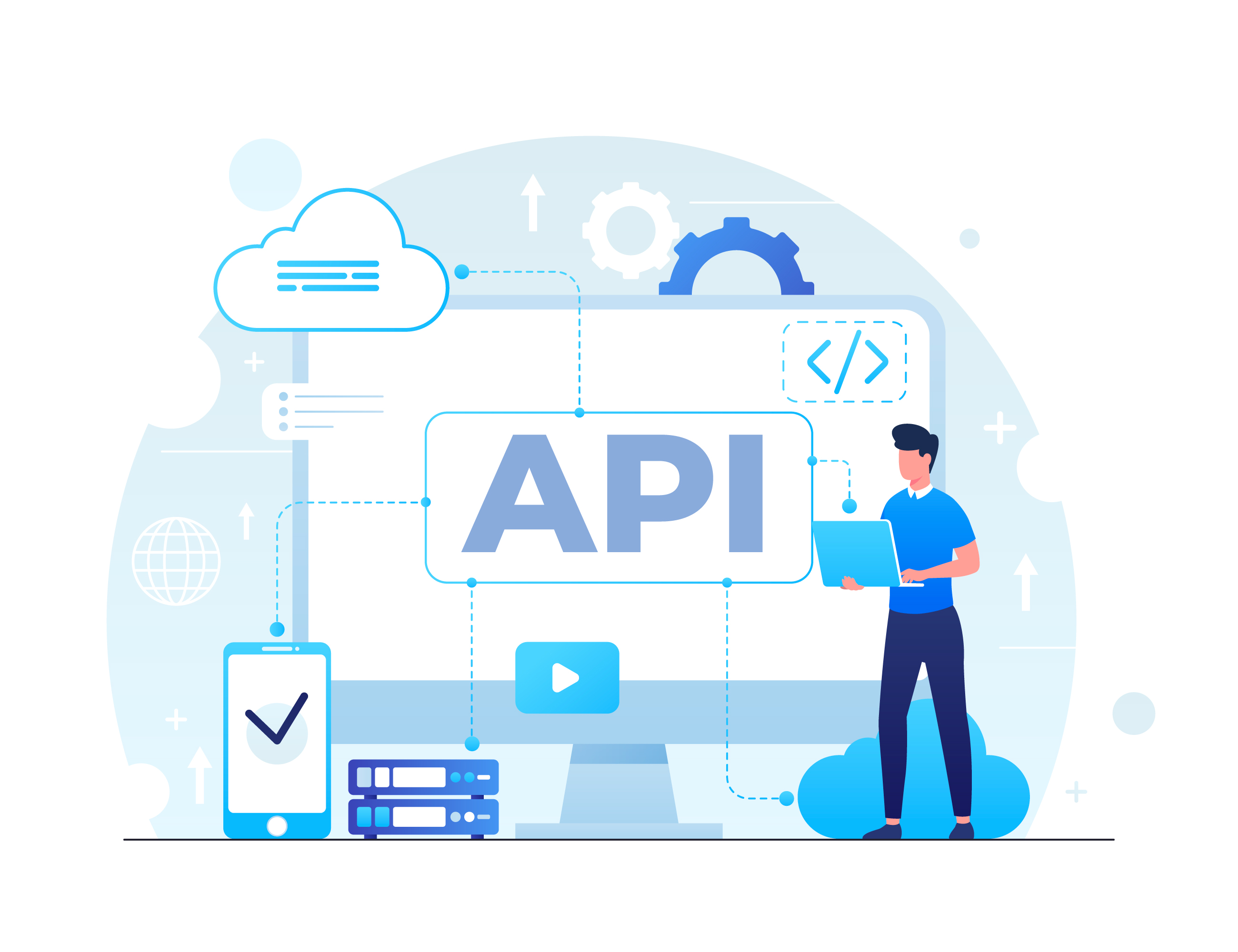


API vs. Web Services: Demystifying the Differences
In today's interconnected digital world, seamless communication and integration between software applications are crucial for businesses and developers. APIs and Web Services are two vital concepts that facilitate this interaction, but they are often mistakenly used interchangeably. In this blog, we will shed light on the differences between APIs and Web Services, providing a clearer understanding of their unique roles in modern software and website development.
| API (Application Programming Interface) | Web Services | |
|---|---|---|
| Defining APIs and Web Services | An API is a set of rules, protocols, and tools that allows different software applications to communicate and interact with each other. Think of it as a contract between two software systems, specifying how they can request and exchange information. APIs define the methods, data formats, and endpoints that applications can use to access the functionalities of another application or service. | Web Services are a specific type of API that are accessible over the internet, making them a subset of APIs. They utilize standard web protocols, like HTTP, to enable communication between different systems and applications. Web Services are designed to be platform-independent and easily accessible from anywhere, making them ideal for global communication. |
| Scope of APIs and Web Services: One of the primary distinctions between APIs and Web Services lies in their scope of application. | APIs can serve various purposes, ranging from internal integration within a single application to facilitating communication between different applications within an organization. For example, a social media application might have an API that allows its mobile app and web app to exchange data and interact with the server. | As a specific type of API, Web Services focus on facilitating communication between remote systems over the internet. This makes them ideal for enabling integration between systems owned by different organizations, allowing seamless data exchange across platforms and geographical boundaries. For instance, a weather data service might offer a Web Service that lets various applications access real-time weather information from anywhere in the world. |
| Communication Protocol and Data Format Another key difference between APIs and Web Services lies in the way they communicate and exchange data. | APIs can utilize various communication protocols, such as HTTP, TCP/IP, UDP, and more, depending on the requirements and nature of the interaction. Similarly, the data format exchanged through APIs can vary, including XML, JSON, CSV, and others, based on the specific API's design. | Web Services, being web-based, typically rely on standard internet protocols like HTTP and secure variants like HTTPS. This standardization ensures that Web Services can be accessed universally without the need for proprietary software or platform dependencies. As for data formats, XML and JSON are the most commonly used due to their platform-agnostic nature and human-readable structure. |
| Accessibility and Usage | APIs can be designed for internal usage within a specific application or exposed externally for third-party developers to integrate their applications with the service. An organization might have internal APIs to facilitate communication between its own applications and external APIs for developers to access and use their services. | Web Services are inherently meant to be exposed to external parties and accessible over the internet. This makes them an excellent choice for creating public APIs that enable cross-platform integration, foster collaborations, and open up new business opportunities. |
Conclusion
In summary, while API and Web Services are related concepts, they are not synonymous. APIs, in their broader sense, provide a set of rules for software communication, which can be used for various purposes, including internal and external interactions. On the other hand, Web Services are a specific subset of APIs accessible over the internet, designed to foster seamless communication and data exchange between different systems and organizations.
When it comes to web development services, understanding the differences between APIs and Web Services is crucial for developers and businesses alike when planning their integration strategies, as it helps them choose the appropriate approach to achieve their specific goals. It is also good to know what are the three main parts of web services while dealing with these. Embracing these powerful tools empowers organizations to build robust, interconnected systems that unlock new possibilities and drive innovation in today's digital landscape.
